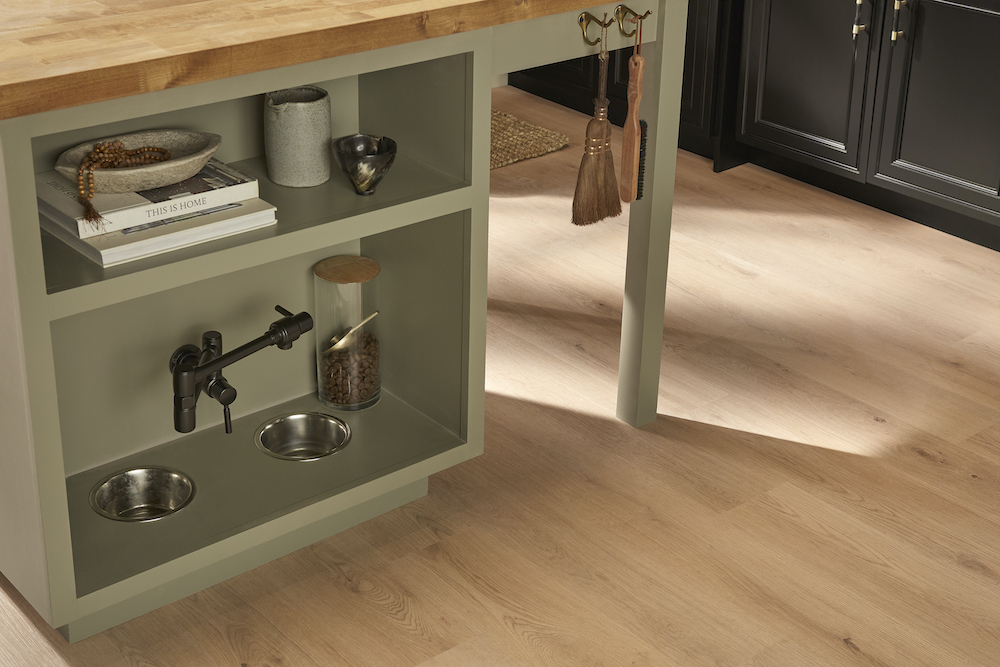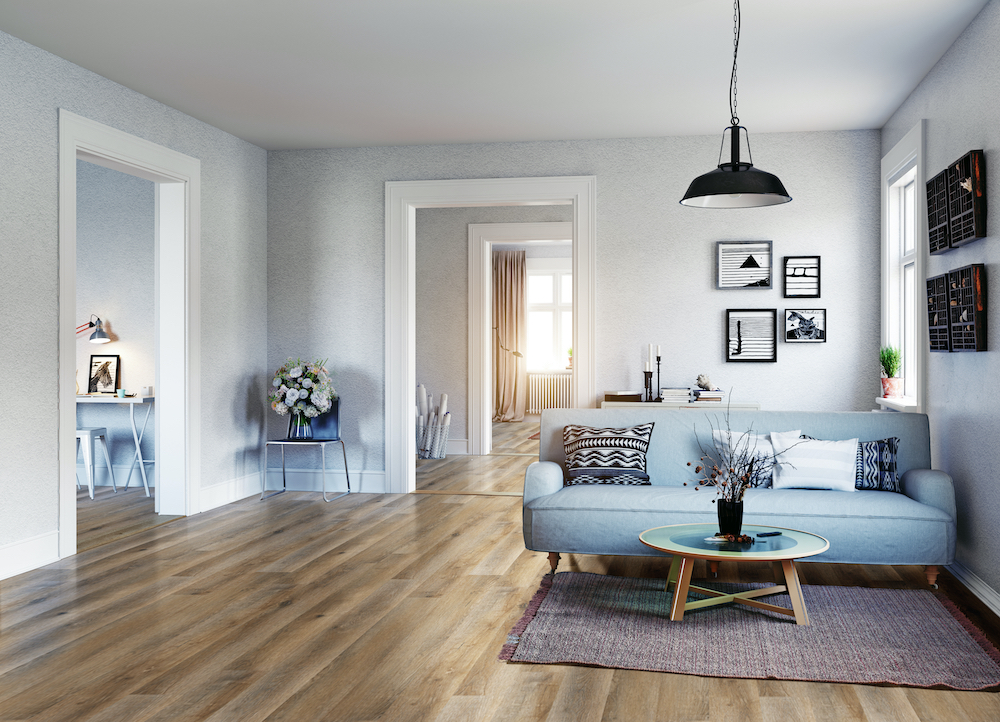Is It Necessary To Level The Floor Before Installing LVT Flooring?
January 14, 2019 .jpg)
One of the biggest ways to make an impact on a room is with new floors, and Luxury Vinyl Flooring is becoming a more popular choice because of its affordable pricing, real wood look, and little maintenance. But, just like with any other permanent product, it’s imperative that the existing floor is clean and dry, in excellent condition, and most important, level.
A flat and level floor is key so that the adjoining vinyl plank flooring don’t have varying heights. Whether you’ll be installing your Luxury Vinyl Flooring product over wood, tile, or concrete, the different types of subfloors require different types of preparation. Pay close attention to these tips to help ensure a great install.
Cleaning and Initial Testing
Get started on the pre-installation process by taking out all furniture and items in the room and making sure that the subfloor is clean and also dry. This means removing any and all dust, paint, wax, old adhesive or anything else that could affect the installation.
 Runmill Isle Luxury Vinyl Planks
Runmill Isle Luxury Vinyl Planks
No matter what type of subfloor you’re installing vinyl flooring over, you’ll want to check for low spots using a large leveler or a straight, long piece of pipe. Move the material around the floor and check for any up-and-down movement. These high areas should be marked in order to be leveled following the steps below.
Note that concrete subfloors need to be tested for moisture and proper adhesive bond, and if needed, mitigation should happen before any other preparation steps take place.
Sanding or Grinding the Floor
To take care of those high areas, sand or grind the subfloor. For a plywood or particleboard subfloor, use a belt sander for slight humps and a large floor grinder for larger humps. For a concrete floor, use an angle grinder with a 4-inch or 8-inch wheel to take care of any high points. An important safety tip is to wear a respirator while grinding the concrete to help protect against concrete dust inhalation.
 Ashton Maracay Brown Luxury Vinyl Planks
Ashton Maracay Brown Luxury Vinyl Planks
Self-Leveling the Floor
Now that the surface of your subfloor is level, you’ll need to take care of any low points by using a self-leveling compound on the floor. First, clean the area by sweeping or vacuuming it. Next, dampen the area by using a wet sponge to help prevent the material from drying too quickly. Then, pour the self-leveler into the low points. You’ll need to use a metal trowel to make sure that the hole is filled before gravity levels it out. Once this step is finished, it’s critical to ensure that the floor is dry before installing LVT flooring.
When it comes to installing your new vinyl tiles, you’ll want to pay close attention to the preparation needed in order to get professional results. One of the greatest perks about this high-performing, durable flooring is that it doesn’t require a lot of maintenance. For more tips on how to upkeep vinyl flooring, check out this article.
More Information on LVT Flooring
Does Luxury Vinyl Flooring Go Well with a Granite Countertop?
What Most People Don’t Realize About Luxury Vinyl Flooring
How to Clean Your Luxury Vinyl Flooring to Keep It Looking New
Is Luxury Vinyl Flooring in the Bathroom a Good Idea?
Considering Installing Luxury Vinyl Flooring? Read This First!
Wood Look Game Changers: Introducing Everlife LVT